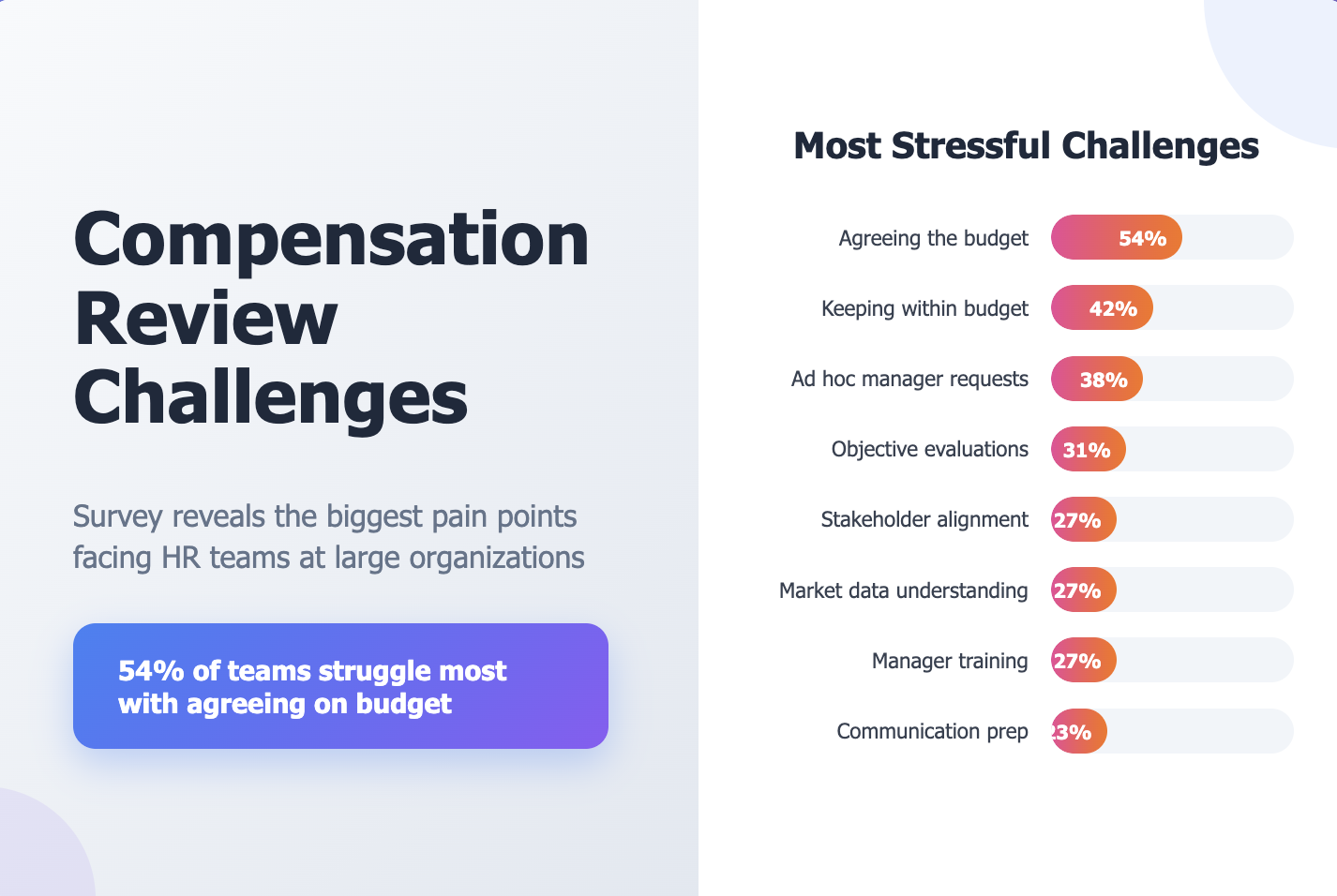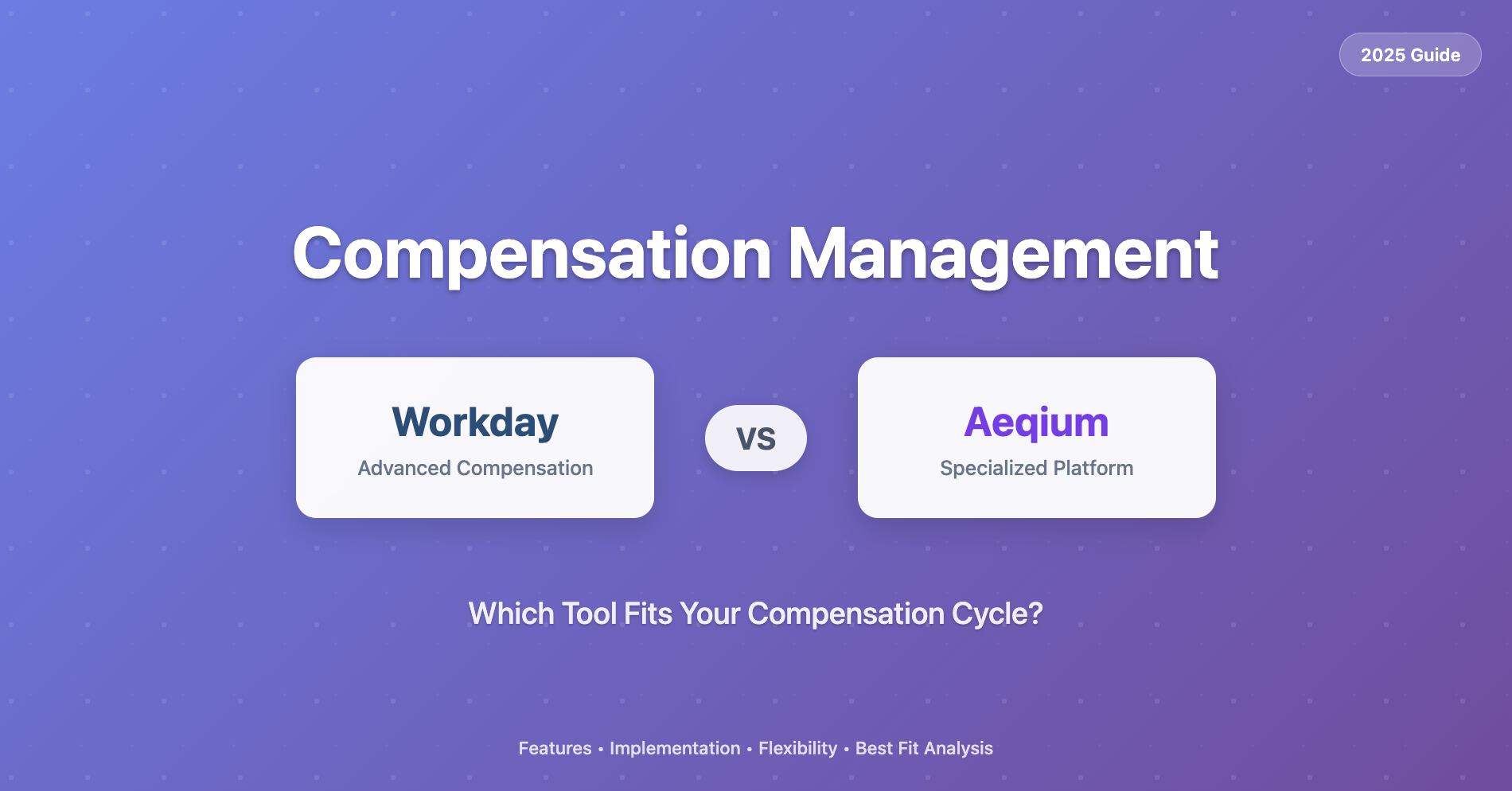How to Create Compensation Bands

Compensation bands are an integral part of a great compensation program. Compensation bands simplify decision-making, prevent salary compression, and ensure pay equity. They’re an important tool as you level up and ensure that your comp plan is effective.
But if you don’t already have compensation bands, you might be wondering how to get started. How many bands should you have? How do you figure out which bands apply to different roles? What should your bands actually be set to – should you be above, below, or at market, and how do you know where you fall? Here are some steps to get started:
Organize your roles
Group the roles that you have at your company together into categories. Within each category, the roles, responsibilities, and compensation should be roughly the same for two employees with the same qualifications, experience, and talent. For example, you might group all software engineers together in one bucket, all designers in another bucket, and all salespeople in a third. This reflects the fact that compensation often varies widely across roles, both in terms of amount and pay structure (e.g. equity vs. bonus commission).
This will be harder to do for some departments than others. Marketing and finance are two examples where there are a large number of roles relative to the size of a department – for example, even a 1,000 person company might only have one social media marketer, who would be paid very differently from their 8 product marketers. At the other end of the spectrum, software Engineering and Product Management teams often have a very small number of roles. Use your best judgement.
Set up job levels
Now that you have your roles defined, you should establish job levels which you’ll use to set your bands. A simple system that would work for most growing startups might look like the below:
- Level 1: Associate
- Level 2: Specialist
- Level 3: Senior / Manager
- Level 4: Principal / Senior Manager
- Level 5: Director
- Level 6: VP
- Level 7: C-suite
Translated to a software engineering career ladder, you might have something like the following title and leveling:

For sales, this might look like the following:

Your team likely already has titles that roughly fit this scheme – use that as the basis for establishing job levels.
Once your levels are established, you need to fit your team’s existing jobs into the titles that you’ve established. If you’ve been thoughtful or you’re just lucky, all or most of your employees’ job titles will already fit into existing levels. If not, you may need to have some tough conversations and retitle employees (or accept that certain levels will include multiple titles). This is an important part of maturing as an organization so it’s important to allow as few exceptions as possible.
Analyze your team’s current compensation
Once your levels have been set up, it’s time to determine compensation bands. Unless you have a retention problem or serious doubts about current employee compensation, you should start your bands based on what you’re paying your existing employees.
Look at all of the employees who are in a given role, and do your best to create non-overlapping compensation bands that include all of your existing employees. For example, if you have 6 engineers on your team...
- Software Engineer I, $120k base salary
- Software Engineer I, $125k
- Software Engineer II, $160k
- Senior Software Engineer, $200k
- Senior Software Engineer, $180k
- Senior Software Engineer, $170k
You might set the following bands:

Note how the upper and lower bounds of each band are adjacent and non-overlapping:

This system fits all of your existing employees, and provides steady salary range midpoint progression (that is, the midpoints between each salary band provide a healthy increase of $120, $150k, $190k). Ideally, all of your existing employees will fit into these bands, but if they don’t you may need to make adjustments. For better or for worse, you’re usually better off making adjustments that give people more cash compensation. It is very, very difficult to get an employee onboard with a market compensation adjustment that requires their cash compensation to go down.
You should also triangulate your compensation data using all of the sources that are available to you. We’ve written in more detail about how to leverage your comp data here.
If you don’t trust your existing bands, you’ll want to look at external sources of market data. Benchmarking services such as Radford or Levels.fyi can help; you can also look at recent hiring offers that you’ve made which were accepted or rejected to get a better sense for the market (this is why we believe that recruiting and compensation must be tightly linked). This is also a good time to correct any major outliers, particularly outliers who are being paid too little.
You also don’t need to set up bands for every single role right off the bat. For example, if you have a product marketing team, you might need to establish job levels for the Associate to Senior level, but you may not yet have any VPs of Product Marketing. Again, use your best judgment, particularly for departments that have a large number of different roles relative to their size.
Learn and adapt
Once you have a framework for bands in place, you have a framework that you can adapt to your company’s needs as you learn more about the market. This is particularly important in fast-changing hiring environments.
Setting up bands that fit the existing employees on your team allows you to create a foundation for future compensation decisions, whether promotions, merit increases, or new offers. As you make new offers to candidates, you should track your success rate by level and cross-reference against your bands. Triangulating with other sources of trusted compensation data will give you insights into how to adjust your compensation bands with confidence.




